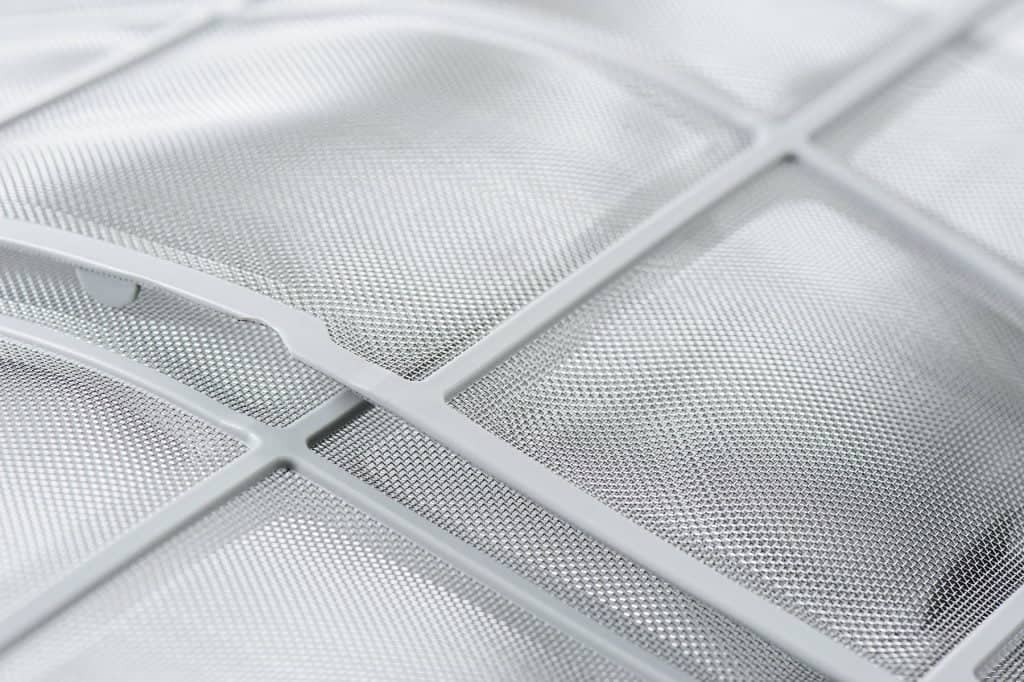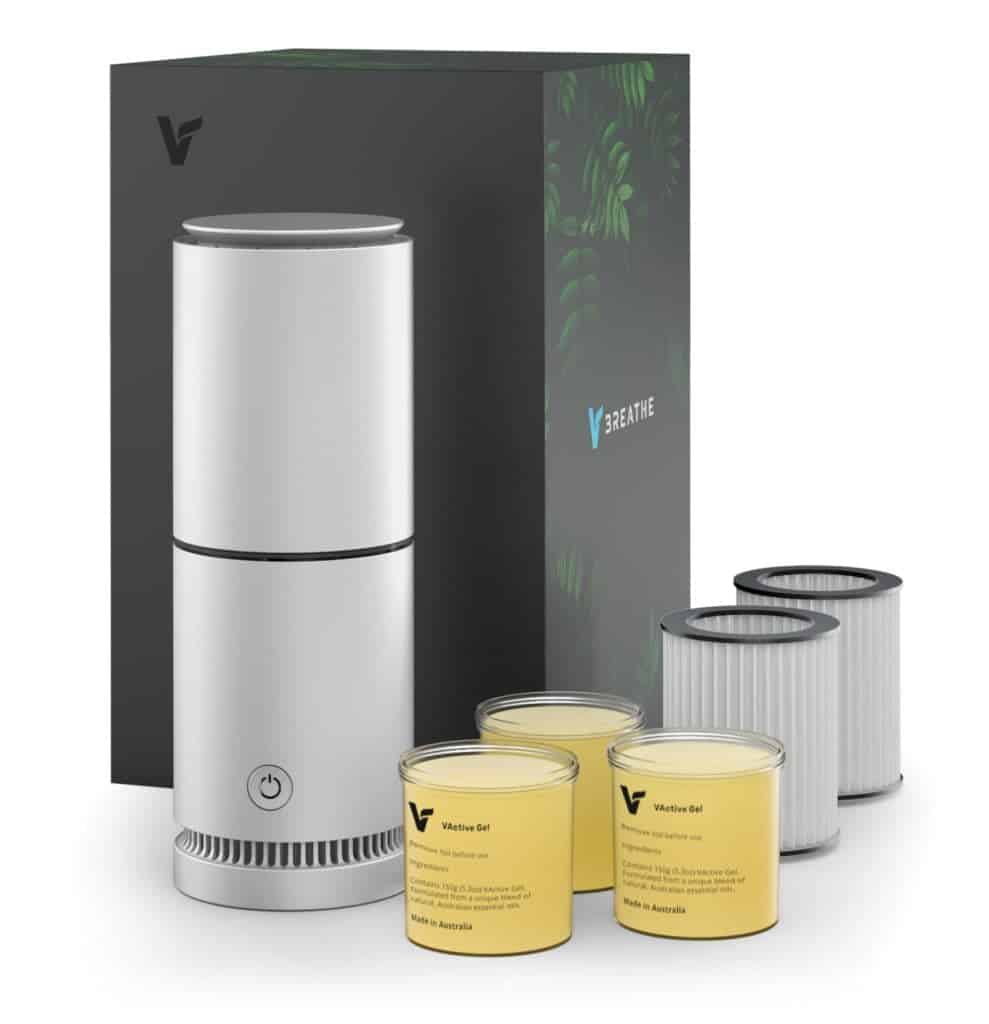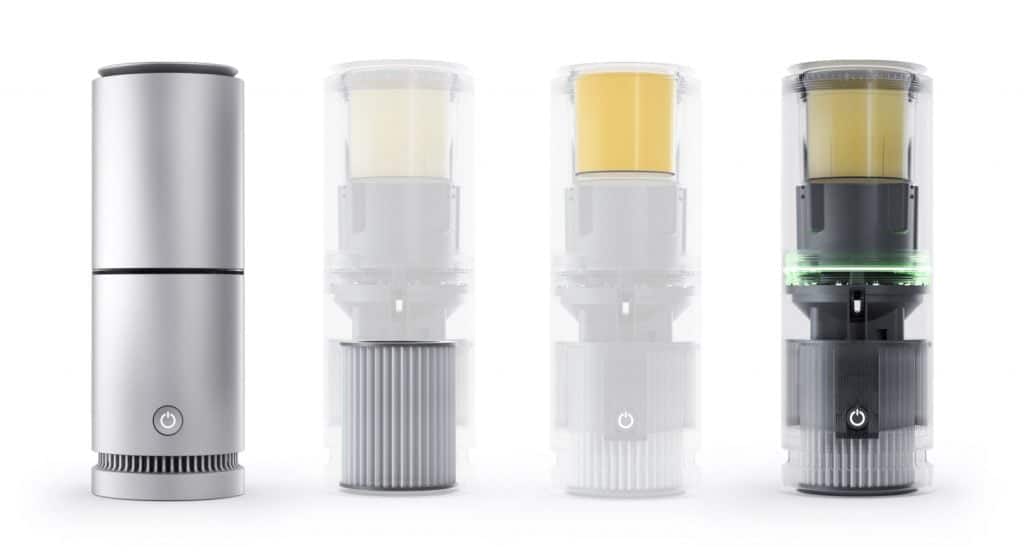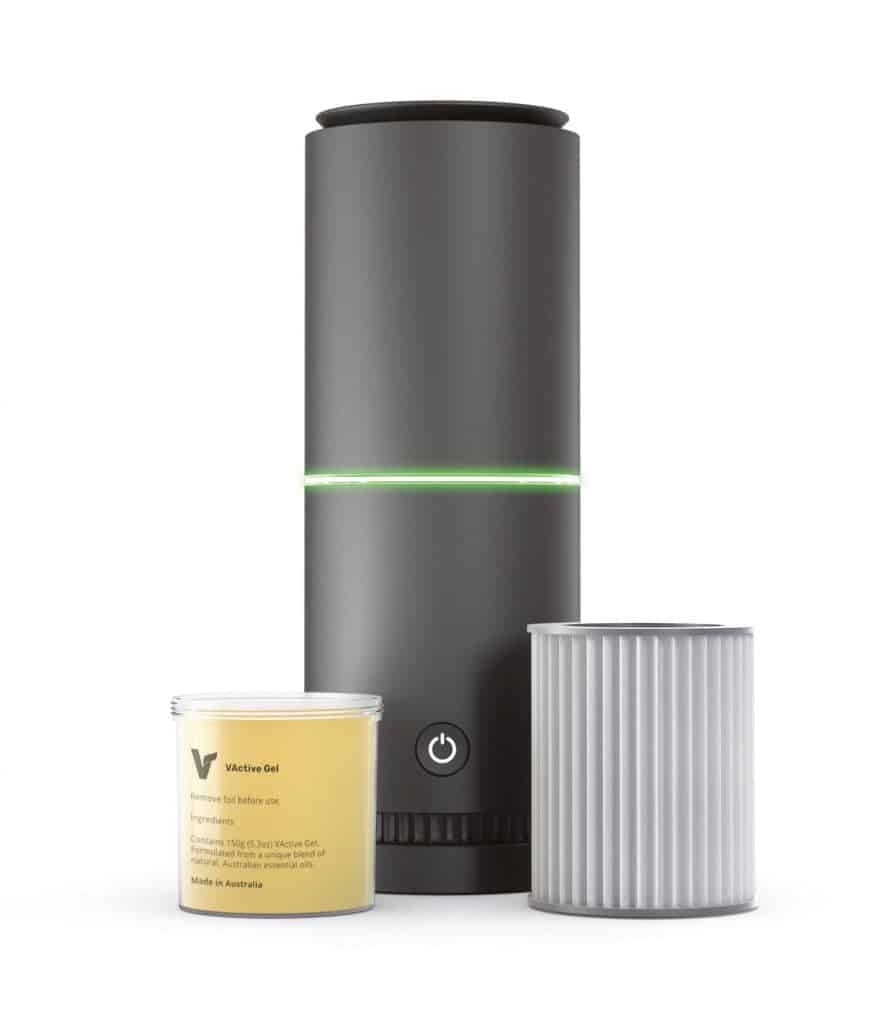


Most residential Air Purifiers used today rely on HEPA filtration – a technology first commercialised for industrial use in the 1950s, with the first residential air purifier using HEPA-filtration launched in Germany in 1963.
It is claimed that HEPA filters can remove at least 99.97% of 0.3-micrometer particles and are usually more effective at removing larger particles. However, for a HEPA filtration-based air purifier to filter all the air in a room, the room must be totally sealed so that no air bypasses the HEPA filter.
For HEPA filtration to work effectively, the room must be totally sealed – with all windows, doors and air conditioning vents totally sealed – and no gaps to allow outside air to penetrate. In the real world, this is impossible as people open doors and windows as a normal part of daily life.
The second key weakness is one of speed. Harmful airborne pathogens can multiply quickly and can linger in the air for hours. Using HEPA filtration, the air must pass through the air purifier to enable the HEPA filter to trap the airborne pathogens. This can take a long time.
Some harmful viruses and other pathogens are much smaller than 0.3 micrometers, including coronavirus.
HEPA filters can become ‘cafeterias for bacteria’ and other pathogens as they can survive and grow within the layers of the HEPA filter. This is why HEPA filters need to be replaced on a regular basis. However, like with air conditioning filters, this is often overlooked.

Pioneered by VBreathe, its patented combination of medical-grade HEPA filtration and all-natural VActive Gel has been independently proven to significantly reduce harmful airborne pathogens indoors.
The all-natural, food-safe and child-safe VActive Gel is vaporised into the surrounding air where it traps mould, bacteria, viruses and other harmful airborne pathogens before they can multiply, significantly reducing the threat indoors.

AIR QUALITY REPORT
In 60 minutes, concentration of 1 Micron and 2.5 Micron particles were reduced by 97% and 96% respectively.

There are smart sensors built into the VBreathe Tasman which detect smoke, mould, carbon monoxide and harmful PM2.5 particles in the air. This data is conveyed through to the VBreathe Air Chain Control app for easy access on the user’s mobile phone.

VBreathe uses a patented combination of technologies comprised of medical-grade HEPA filtration, VActive Gel with controlled evaporation, smart sensors and the Air Chain Control mobile app. This makes it easy for you to purify and detoxify your indoor air environment, wherever you are.
Please select your region/currency:
 Australia (AUD)
Australia (AUD)
 Denmark (kr)
Denmark (kr)
 Netherlands (EUR)
Netherlands (EUR)
 Norway (kr)
Norway (kr)
 Sweden (kr)
Sweden (kr)
 Poland (zł)
Poland (zł)
 Finland (EUR)
Finland (EUR)